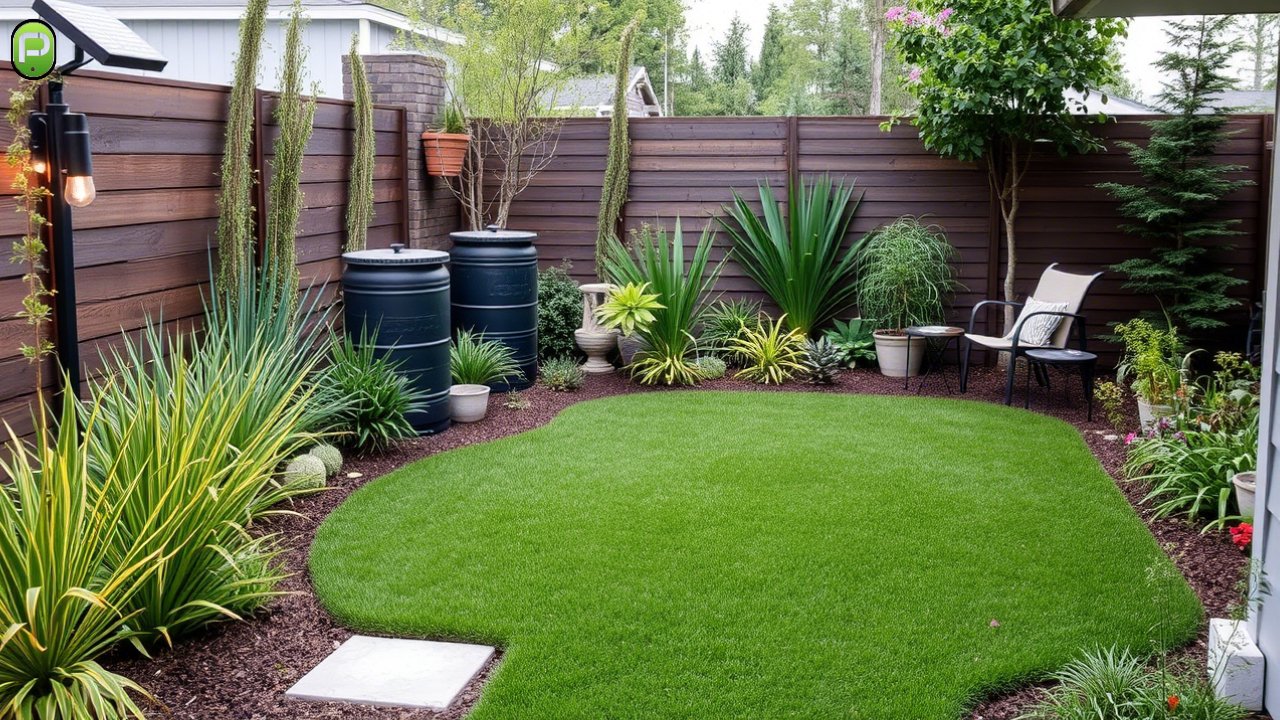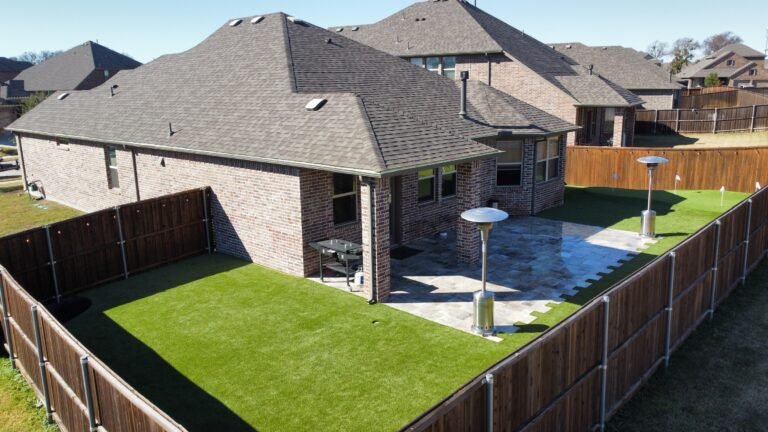Premium Turf Grass Plans That Support Environmental Goals

Introduction
“Green” shouldn’t stop at the color of your lawn; it should extend to how that lawn is grown, installed, and maintained. Forward-thinking homeowners and facility managers now look for Turf Grass plans that tick all the eco boxes water savings, soil health, recyclability, and even local biodiversity. This article digs into smart, planet-friendly strategies for choosing and caring for Turf Grass, so your patch of green supports long-term environmental goals rather than fighting them.
What Exactly Is Sustainable Turf Grass?
Turf Grass is simply any type of grass you keep for thick, uniform form. A sustainable option involves choosing varieties that need less water, fewer chemicals, and less mowing. It may seem like a daunting proposition, but new seed mixes, variety selections, and breeding practices can produce the same attributes, such as strong blades, deeper rooting structure, and more resistance to pests.
Advantages of Environment-First Turf Grass
Lower Carbon Footprint
Healthy Turf Grass functions like a living carbon sink. Well-chosen varieties store carbon in both blades and root systems, offsetting a slice of household emissions.
Cleaner Run-Off
Eco-oriented Turf Grass blends often need fewer herbicides and fertilizers, which means less chemical run-off into street drains and waterways.
Improved Urban Cooling
A lush lawn can cool surrounding air by several degrees. Dense, drought-tolerant Turf Grass helps reduce the “heat-island” effect that plagues cities each summer.
Selecting Turf Grass Varieties that Support Eco Goals
Climate-Fit Turf Grass Matters Most
Choosing a cultivar bred for your climate zone reduces resource waste. For example, warm-season turf types such as Bermuda or Zoysia will flourish in warmer regions with minimal irrigation; cool-season fescues will tolerate shade and cooler temperatures and not need frequent reseeding.
Traffic Tolerance & Root Depth
When you have children or high-energy dogs, choose Turf Grass that has deep root systems with self-repairing rhizomes. The deeper roots and rhizomes have more resistance to soil compaction and a greater ability to withstand heavy traffic results in healthy soil this maintains turf appearance and minimizes bare areas, where weeds thrive!
Water-Smart Irrigation for Turf Grass
Soil Monitoring Beats Guesswork
Install inexpensive soil-moisture sensors that tell you precisely when your Turf Grass truly needs a drink. Overwatering is the quickest path to fungal disease and wasted resources.
Opt for Drip or Sub-Surface Lines
Unlike overhead sprinklers where much water evaporates drip systems deliver moisture straight to the root zone. That’s a 30 % water-use drop on average for Turf Grass lawns.
Harvest Rain, Save Cash
Cisterns and rain barrels paired with a low-pressure pump can irrigate Turf Grass for free. Cities from Austin to L.A. even hand out rebates for rain-capture equipment.
Feeding Soil, Not Just Turf Grass
Organic Top-Dressings
Composted leaf mulch or finely screened compost introduces in nutrients and microbes that aid Turf Grass naturally competing against weeds. Apply a thin layer every spring to enhance and topsoil naturally without synthetic fertilizer.
Aeration & Overseeding
Annual core-aeration plus a light overseed keeps your Turf Grass thick, which shades out weed seeds and bolsters root depth. Less chemical weed control, more natural resilience.
Recycled & Renewable Materials in Turf Grass Installation
- Recycled rubber edging keeps clippings out of beds and gives old tires a second life.
- Biodegradable seed nets made from jute or coconut hold germinating Turf Grass in place on slopes, then break down harmlessly.
- Solar-powered mow-bots cut the lawn frequently and quietly, all while charging off-grid.
Putting It All Together: Premium Plans in the Last Stretch
Smart homeowners aren’t simply choosing Turf Grass alone, they are choosing eco lawns alongside permeable pavers, native plant beds, and drip irrigation for a complete green facelift. When these pieces come together in a landscape design, you’ll keep your yard lush, infiltrate stormwater on-site, and provide habitat for pollinators in flowering borders.
Want to go a step farther? Landscape firms are now offering full audits to measure water run-off, carbon storage, and biodiversity gains from upgraded Turf Grass programs.
Conclusion – The Future of Turf Is Green
Selecting Turf Grass that aligns with environmental objectives isn’t just fashionable, it is important. As climate pressures rise, each lawn can either be a resource drain, or a small ecological benefit. If you follow through with water wise irrigation, organic soil management, and climate-fit cultivars your Turf Grass can continue to be beautiful and planet friendly for years to come.
In the closing stretch of your lawn makeover, consider merging your new grass plan with artificial turf for dogs in heavy play zones while still reaping artificial grass advantages like zero mud and easy cleanup. Doing so lets you balance aesthetics, durability, and squeeze the last bit of sustainability out of your green aspirations. A considered combination of hardy Turf Grass, dog-resistant synthetics, and permeable hardscape is the best recipe for a yard that is nice looking, feels good, and lends a hand to our struggling environment.
FAQ – Eco-Friendly Turf Grass
Q1: Does sustainable Turf Grass cost more up front?
Generally, yes specialty seed blends can be 10-20 % pricier. Over five years, reduced water and chemical bills usually flip the cost equation in your favor.
Q2: Can I switch an existing lawn to eco Turf Grass?
Absolutely. Overseed with a drought-tolerant blend in early fall, then ease off irrigation. The hardy cultivar will slowly crowd out thirsty grass types.
Q3: How often should I mow an eco Turf Grass lawn?
Many low-growth varieties need mowing just twice a month in peak season. Cutting at 3½ inches encourages deeper roots and shades out annual weeds.
Q4: Will sustainable Turf Grass survive pet traffic?
Yes, as long as you pick a tough, wear-resistant cultivar and aerate high-traffic zones each spring. Rinse pet spots to avoid nitrogen burn patches.






